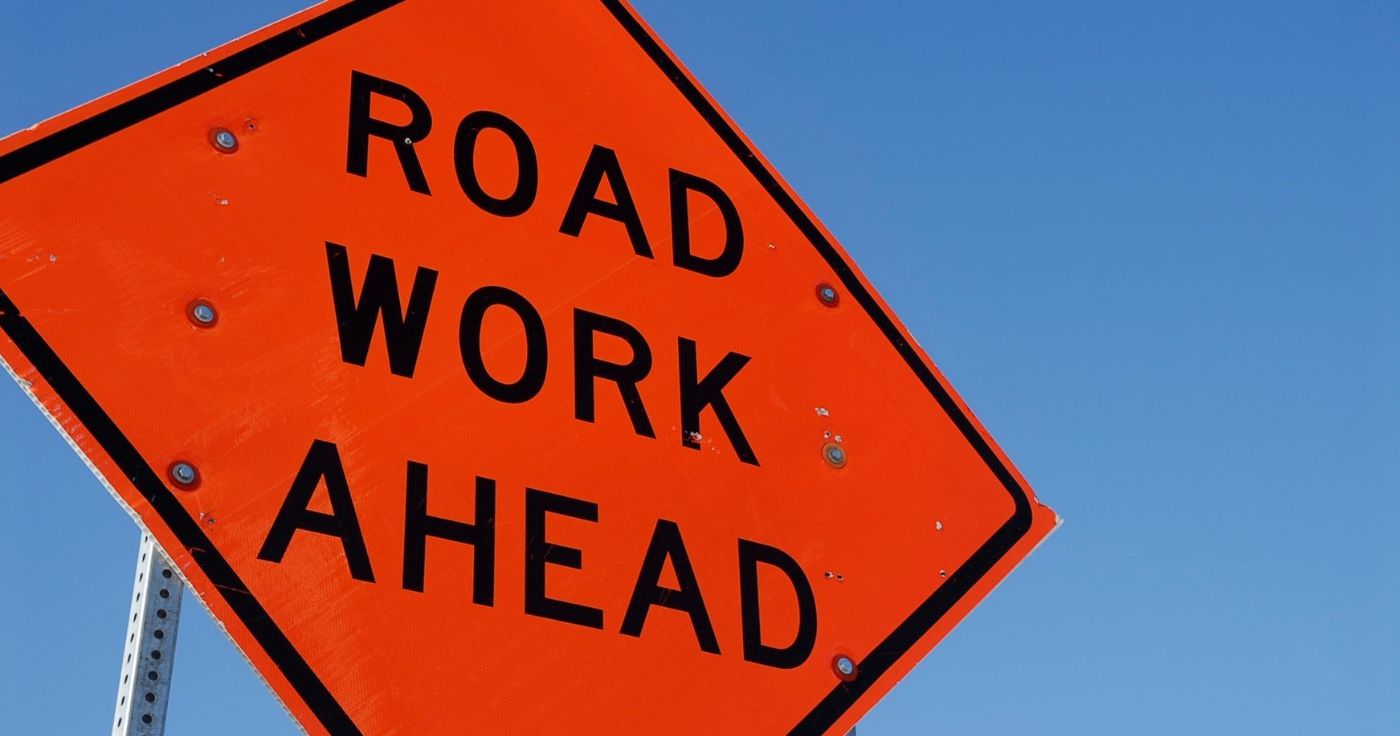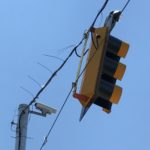“Help! I can’t begin any work on my project because I don’t have an approved Maintenance of Traffic plan!” In our traffic engineering work, this is not an unusual call for us to receive from general contractors, civil engineers, and property developers as a result of construction traffic at their site.
So, what exactly is a Maintenance of Traffic (MOT) plan?
The MOT plan, sometimes called a traffic control plan (TCP) or temporary traffic control plan, is required by an increasing number of jurisdictions in order to show how vehicular and pedestrian traffic will be maintained during any project where the public right-of-way is impacted, including roadway construction projects, bicycle, sidewalk, and/or trail projects, building construction, modifications, and/or restorations. A maintenance of traffic plan is one of many services performed by traffic design professionals.

MOT plans facilitate traffic through a work zone and are designed for all road users, including motorists, bicyclists, pedestrians, and persons with disabilities in accordance with the Americans with Disabilities Act (ADA). Standards of operations for MOT plans normally are established by the department of transportation of each state. For example, the Virginia Department of Transportation publishes a Work Area Protection Manual that contains standards and guidelines for temporary traffic control.
MOT plans usually need to be prepared quickly because construction jobs will be delayed, or even shut down, until an MOT plan is provided and approved. The plan explains in detail how traffic will continue to flow during construction, including:
- locations of highway warning signs,
- temporary pavement markings,
- arrow boards,
- flaggers,
- channelization devices, and
- descriptions of the sequence of construction.
Typically, MOT plans are needed for roadway construction, but jurisdictions have required them for other circumstances such as painting bridge beams and detouring traffic for parades. MOT plans can be required for interesting reasons. In one case, our firm was retained to develop a maintenance of traffic plan for the relocation of a historic house that needed to be moved on a trailer down the middle of a busy city street.
The Wells + Associates traffic design team is versed in not only designing comprehensive maintenance of traffic plans, but in preparing them promptly so that important projects can continue on schedule.





